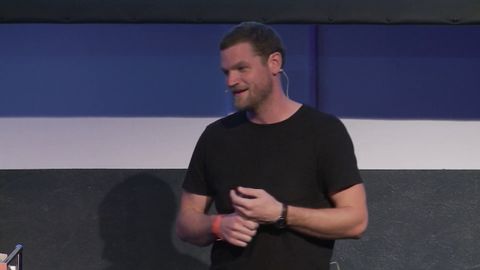
Subtitles & vocabulary
Offline-first data: Getting Bigger by Kevin Doran | JSConf EU 2019
00
林宜悉 posted on 2020/03/29Save
Video vocabulary
stuff
US /stʌf/
・
UK /stʌf/
- Uncountable Noun
- Generic description for things, materials, objects
- Transitive Verb
- To push material inside something, with force
B1
More access
US /ˈæksɛs/
・
UK /'ækses/
- Noun (Countable/Uncountable)
- Way to enter a place, e.g. a station or stadium
- The opportunity or right to use something or to see someone.
- Transitive Verb
- To be able to use or have permission to use
A2TOEIC
More current
US /ˈkɚrənt, ˈkʌr-/
・
UK /'kʌrənt/
- Uncountable Noun
- Electricity flowing through wires
- Movement of water in a river, or air in the sky
- Adjective
- Happening or being in the present time
- In general use or accepted by most people.
A2
More capable
US /ˈkepəbəl/
・
UK /'keɪpəbl/
- Adjective
- Being able to do something very well; proficient
- Having the ability, fitness, or quality necessary to do or achieve a specified thing.
A2
More Use Energy
Unlock All Vocabulary
Unlock pronunciation, explanations, and filters
